- Researchers came up with a new method to determine whether a conservation group’s programs work.
- The method involves tracking the status of species over time to see whether their risk of extinction increases or decreases, then comparing the outcome to a hypothetical “what if” scenario in which no conservation interventions took place.
- The study, conducted by researchers at UK-based Durrell Wildlife Conservation Trust, examined 17 species subjected to Durrell’s own conservation interventions, and found that of the nine species whose status changed over time, eight improved and one worsened.
Understanding whether conservation programs really work is hard to do, but it is becoming increasingly important for organizations wanting to raise funds and justify their work preserving species and habitats.
A recent study published in the journal Biological Conservation demonstrates a new way to evaluate a conservation organization’s work in preventing extinctions by using the IUCN Red List Index (RLI) as a performance indicator.
The study was led by Richard Young, head of conservation science at Durrell Wildlife Conservation Trust, and it examined Durrell’s own work as a case study. Durrell is a U.K.-based international non-profit organization that conducts long-term conservation programs to save species from extinction.
The RLI is calculated from data in the IUCN Red List of Threatened Species, widely considered the most authoritative and objective database on the status of species.
In the Red List of Threatened Species, species are assessed against criteria for geographic range and population size, structure, and trends. They are then assigned to categories of extinction risk: Least Concern, Near Threatened, Vulnerable, Endangered, Critically Endangered, Extinct in the Wild, and Extinct.
From these assessments, scientists can calculate an RLI for any set of species. The RLI indicates the proportion of species that move through the IUCN Red List categories between periodic assessments, either away from or towards extinction.
In their study, Young and his co-authors examined the fate of 17 species — one amphibian, seven mammals, and nine birds — that Durrell has worked to conserve in five countries. Durrell’s conservation interventions included habitat protection, management, or restoration; invasive alien species management; anti-poaching patrols; reintroduction to the wild; supplemental feeding of target species; nest site management; disease management; collection of eggs or young and captive rearing prior to release into the wild; and captive breeding programs.
The authors only considered species that had intensive conservation efforts that lasted at least ten years and applied to the majority of their range. They termed the 17 species the “Durrell RLI.”
In order to fully evaluate the impact of Durrell’s conservation programs, the authors asked “what would have happened if there had been no intervention?” They then compared that hypothetical no-conservation scenario with the actual outcome of the organization’s work.
Of the 17 species, nine were re-listed into different categories between 1988 and 2012. Of those nine, the IUCN downlisted eight to lower Red List categories, meaning their risk of extinction decreased as a result of Durrell’s conservation efforts.
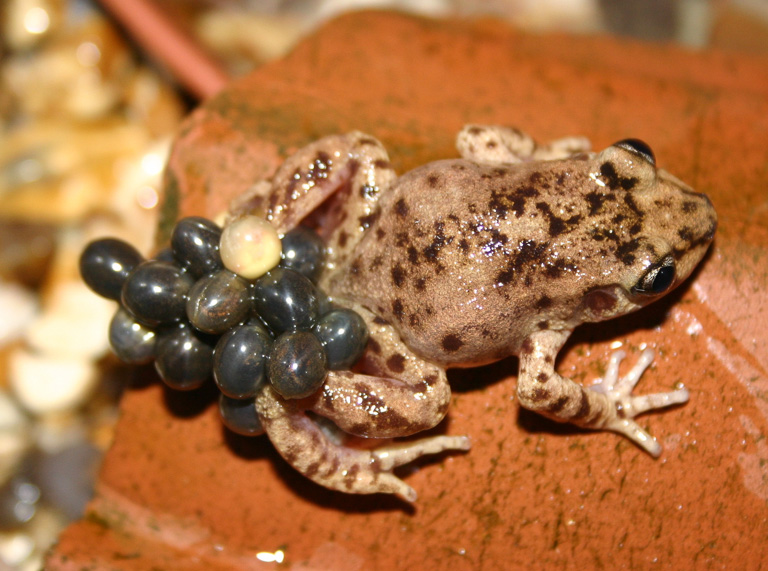
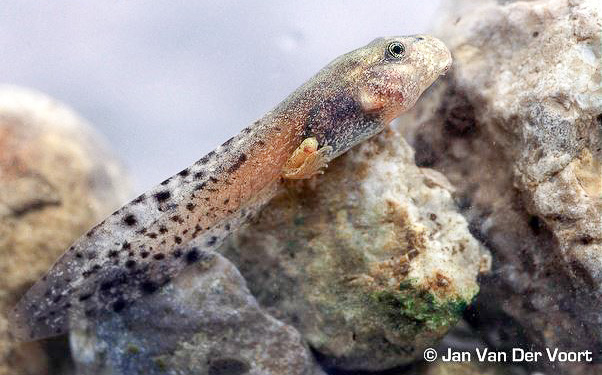
For instance, the Mallorcan midwife toad (Alytes muletensis), found only on the Spanish island of Mallorca, was assessed between 1985 and 2011. It was downlisted from Critically Endangered to Vulnerable as a result of captive breeding and reintroduction combined with invasive species control. This led to the re-establishment of defunct toad populations and the recovery of established populations. Had Durrell not intervened, the authors predict that this species would still be listed as Critically Endangered.
The pink pigeon (Nesoenas mayeri), found in Mauritius, has been assessed since 1982. It was downlisted from Critically Endangered in 1988 to Endangered in 2012, owing to invasive predator control, supplementary feeding, and captive breeding programs led by Durrell’s partner, the Mauritian Wildlife Foundation. Had no intervention occurred, the authors predict that with only 9 or 10 wild birds remaining in 1990, the species would have become Extinct in the Wild before 2012.
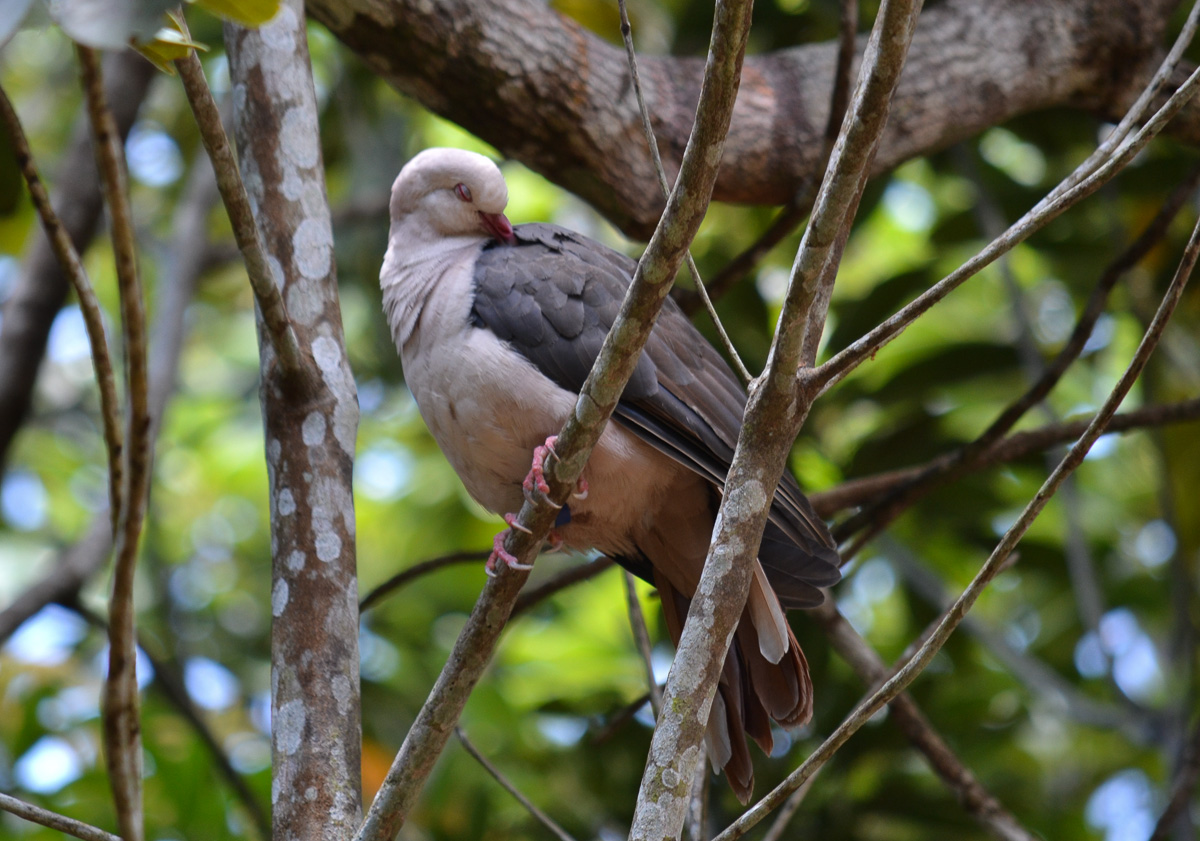
The Malagasy giant jumping rat (Hypogeomys antimena), found at a single site in Madagascar, has been listed as Endangered since 1996. The authors determined that the condition of this species would have worsened to Critically Endangered by 2012 without conservation interventions that included site protection and enforcement of local regulations to prevent deforestation.

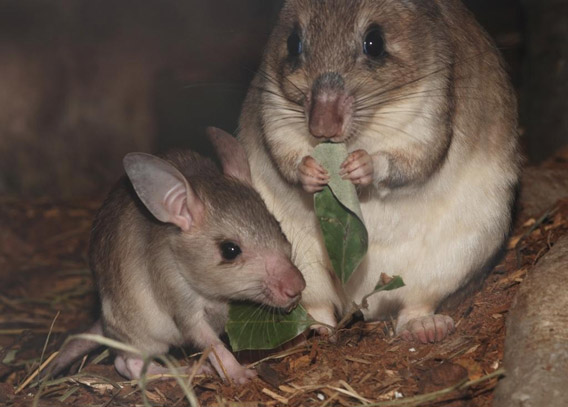
The only species of the 17 whose extinction risk worsened over time was the Meller’s duck (Anas melleri), a native of eastern Madagascar. Despite conservation efforts, its status changed from Vulnerable to Endangered between 1988 and 1994, resulting from hunting and the conversion of wetlands to rice paddies, which are estimated to have caused the population to fall below 2,500 mature individuals.
Young spoke to mongabay.com about the usefulness of the RLI approach in evaluating conservation interventions. “Conservation is often full of bad news. We have created the Durrell Index to provide our supporters and partners with clear and credible proof of the positive impacts we are having in saving species from extinction,” he said.
The authors write that the RLI is a practical indicator for organizations such as Durrell that work with a relatively small set of target species with restricted distributions, so the institution’s interventions can impact a large proportion of the species’ populations.
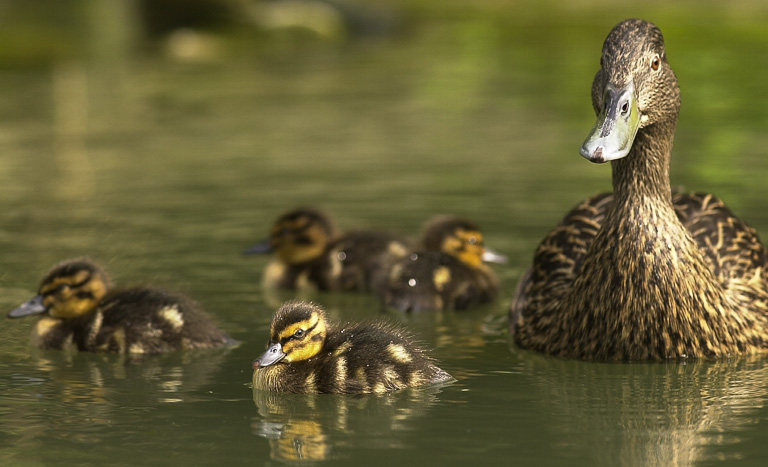
However, they note that the approach does have a few limitations. For instance, it relies on target species being periodically assessed for the IUCN Red List, often a voluntary process. They advocate for substantially more funding and efficient processes to scale up the coverage of species and the frequency of assessments.
One notable finding from the study is that conservation work takes a long time to pay off. “[F]or the eight study species that improved in status it took on average 16.3 years from the start of the [conservation] intervention to the year of the first downlisting,” the authors write. As a result, they say there is a clear mismatch between the average time it takes to improve the status of a species and the usual conservation funding time frames of two to four years.
Concluding on a constructive note, Young said that this study provides “rare empirical evidence that saving species from extinction is entirely possible but it takes time.”
Citations:
Young, R.P., Hudson, M.A., Terry, A.M.R., Jones, C.G., Lewsi, R.E., Tatayah, V., Zuël, N. & Butchart, S.H.M. (2014). Accounting for conservation: Using the IUCN Red List Index to evaluate the impact of a conservation organization. Biological Conservation. 180: 84–96.
